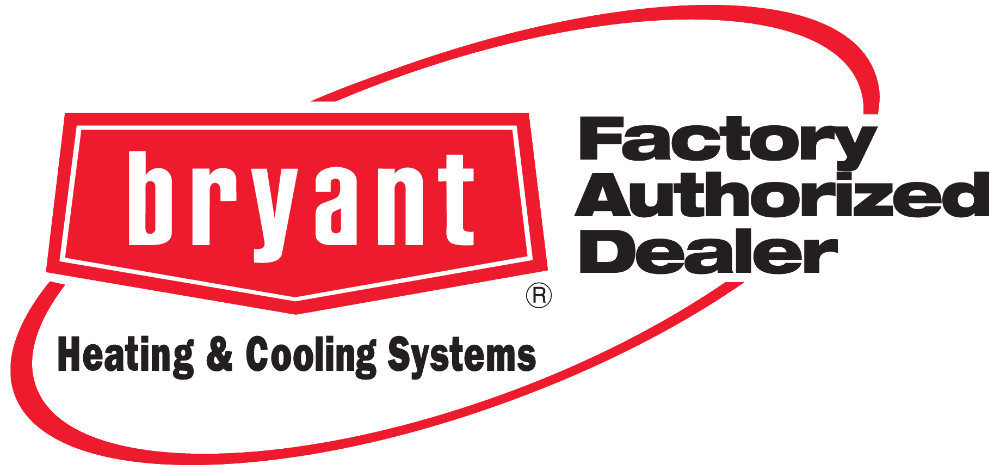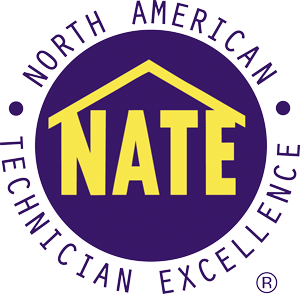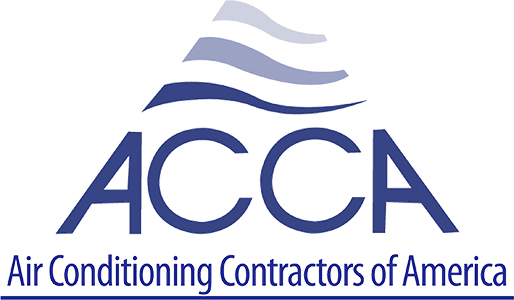If it ain’t broke don’t fix it.” Those words haunted me as I viewed the photos of water cascading down the stairs and raining through the sheet rock into the lower floor of my friend’s home.
A year prior, my friend bought a home and asked me what I thought about the plumbing and heating systems in his new abode. One common problem I told him to be aware of was the failure of cheaper supply valves and supply tubes (also called Stops and Risers) often found in many homes…and evident under all his sinks and toilets.
Well, they weren’t leaking at the time, so he quoted that old saying to me, “If it ain’t broke don’t fix it”, as he made the decision to do nothing. Sadly enough, a year later a Facebook post told a story of their family returning one evening to find a completely flooded home.
It turned out that while they were gone, one of those cheaper stops and risers blew off the water supply line, leaving a completely open pipe, at full pressure and unrestrained, to do its damage.
I wish I could say this story is an anomaly and not an occurrence we see very often. But inferior products that supply faucets and toilets with water is more common than you might think.
I’ve personally seen them in everything from multi-million-dollar residences and commercial property to the smallest home in a neighborhood. Many homeowners I’ve informed about this particular issue usually respond in one of two ways: “My house is new(er) and these are newer parts, so they’re built better and should last longer”… or (like my friend) “It lasted this long and it isn’t leaking now so why do anything?
What to Look For
Plumbing has changed a lot in recent history, sometimes for the better and sometimes otherwise. There is still inferior product being installed in homes today, that was mass-produced in an effort to save a penny. A homeowner may not know the difference between one supply valve and another, but a licensed plumber does.
Typically, the under-sink valves to be concerned about will be made of plastic or made so that the supply tube and the valve is one piece or are old brass or plastic and will leak around the stem of the handle or at the packing nut when the valve is operated. It’s just a matter of time before these valves will leak.
Faucet supply lines found under a sink or supplying a toilet are also a concern. Their lifespan often depends on water quality, age, and the quality of materials used. Of the flexible supply tubes, those made of braided stainless steel with brass barbed fittings are superior to vinyl supply tubes. However, braided stainless steel supply tubes, that still have tubing in the center made of plastic, aren’t beyond failure. They should be free from kinks, deformation, twists, and any nicks or tears in the stainless-steel braid.
The trend in faucet manufacturing is to have pre-installed flexible risers. Depending on water conditions, chromed copper supply risers often will outlast flexible risers. They are a single piece of copper from the valve to the fixture connection, with mechanical connections. Because of the material, a leak will usually drip slowly, rather than burst through the wall of the tubing.
When in doubt…have someone check it out
When a qualified plumber sees inferior product during the course of a repair it’s hoped he’ll identify it to the owner so they have the option to make an informed decision. But having a plumber out to do a repair does not mean he has inspected or has knowledge of the entire system.
I often suggest a complete in-home plumbing inspection to evaluate the current condition of the system. A full maintenance should not only include inspection of all supply valves and supply tubes, but also a crawlspace plumbing inspection, and a complete water heater maintenance (which should be done annually). I also strongly recommend that water heater shut-offs and whole house shut-offs be clearly marked, and that everyone who lives in the home is told where to shut the water off.
If you’re uncertain of the quality of your supply valves or supply tubes, or they show any of the warning signs mentioned above, it’s highly recommended that you have a licensed plumber examine your valves.
In other words, even “If it ain’t broke” at least have it inspected. Your piece of mind alone will be well worth the investment.
Bruce Davis Jr.
General Manager
Day & Nite Plumbing & Heating, Inc.
Bruce is a second-generation plumber and HVAC technician. He earned his Commercial Plumbing License and later became N.A.T.E. Certified and E.P.A. Refrigerant Certified for HVAC service and repair for commercial and residential HVAC appliances. Bruce has years of experience as an HVAC Technician, Boiler Technician, and Plumber. He is now General Manager for the company he has been with his entire career and oversees the Plumbing, Heating, and Air Conditioning business for Day & Nite Plumbing & Heating, Inc.











